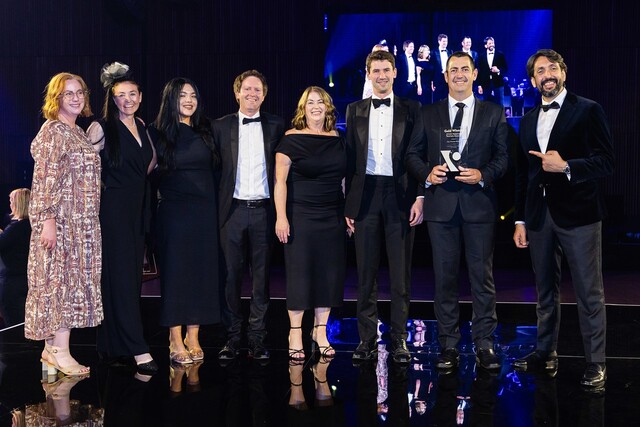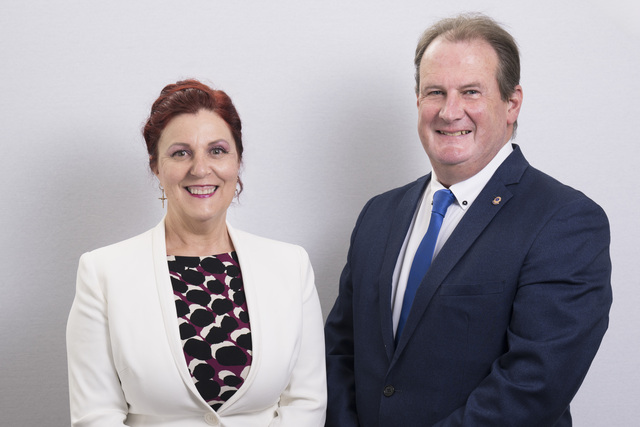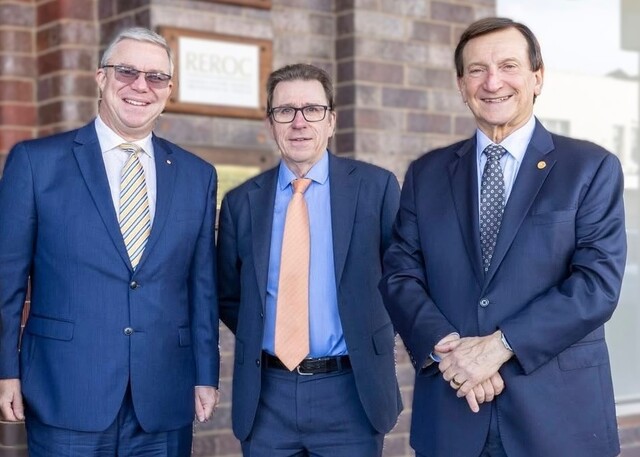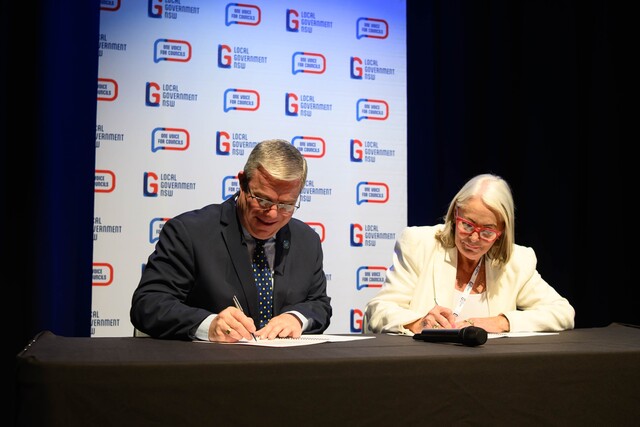A one off $36 million capital works shot in the arm, a month long phone in hot line to report problems and a consultative approach for designing major road works have all proved to be very successful innovations.
Recognising the need to address a backlog of infrastructure works, Manningham is undertaking a major capital works program during this financial year.
About twice its usual annual allocation, $36 million dollars is to be spent on a wide range of programs, including road repairs, historic building restoration, leisure and recreation facilities, town scaping, open space and the Local Areas Enhancement Scheme.
Under the latter, traders match Council funding dollar for dollar, to beautify and enhance local shopping strips to promote increased retail activity.
Funds for this Capital Works program have come from the sale of Council’s Electricity Supply Department to Eastern Energy. Remaining funds from this sale have been invested for ongoing capital works.
Under the December Phone To Fix-It Program, Council aimed to harness community information in an innovative, even daring program. It pledged to respond to requests, made on a free 24 hour hot line, for general repair work anywhere in the City.
With $1.7m dollars set aside, Council aimed to complete work within one week of receiving the request. A total of 398 requests were received covering repair work to roads, footpaths, drains, bus shelters, street signs, toilet blocks and playgrounds. If work requested could not be carried out within a week, a letter was sent explaining why and when it would be completed.
“The program is a practical demonstration of Council’s customer service approach,” said Lyndon Webb, Director City Development. “It aimed to get the community involved, see their money at work and have a direct input or control over how and where it is spent.”
With major road works, valued at $4 million currently in progress in High Street and George Street, Council used a consultative design process that involved people affected by the proposed works.
Reference panels were established for each job. They comprised residents, Council officers and Commissioners. The panels investigated potential problems including timing, road width, traffic and parking issues. As a result of this consultative approach, no objections to the final proposal were received avoiding costly appeals and delays. This work will be completed by mid 1997.







